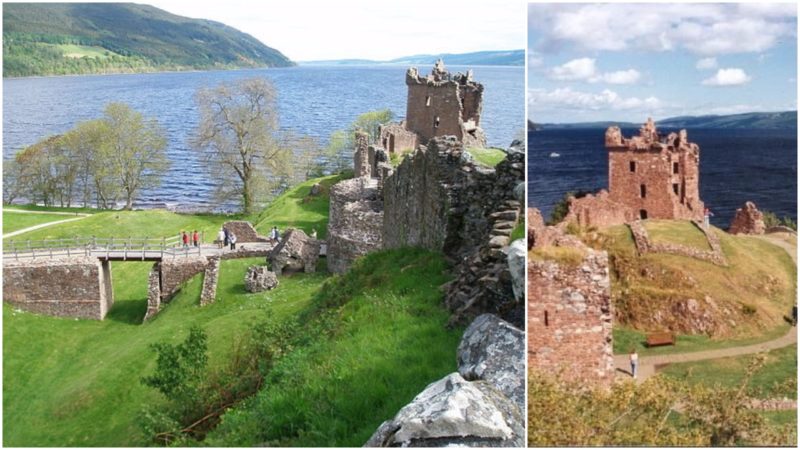The famed Loch Ness in the Scottish Highlands is known worldwide for its legendary monster Nessie. Though sightings have been reported, many of these have turned out to be hoaxes, and the existence of this creature has never been conclusively proven.
Nessie is among the ranks of entities like Bigfoot and chupacabras, mythical animals known as cryptids by the pseudoscience of cryptozoology. The first reported photograph of Nessie from 1934, which later was proven to be a hoax, started the craze.
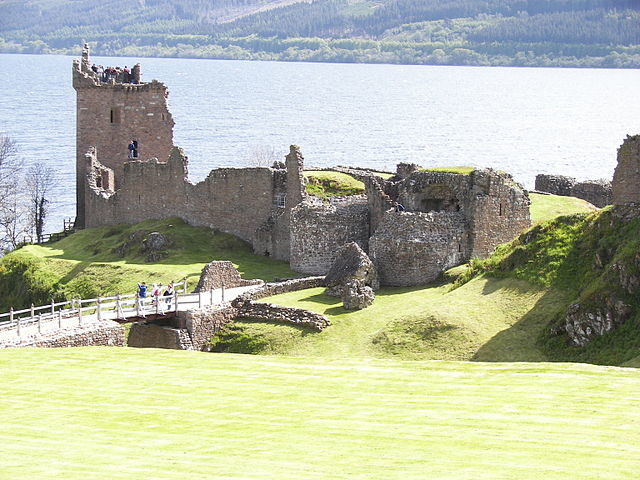
The rumors and stories of people who claim to have seen a monster in the lake’s waters, as well as a few films and articles, have immortalized the creature and attracted many visitors in the following decades, thus helping the local economy which is predominately based on tourism.
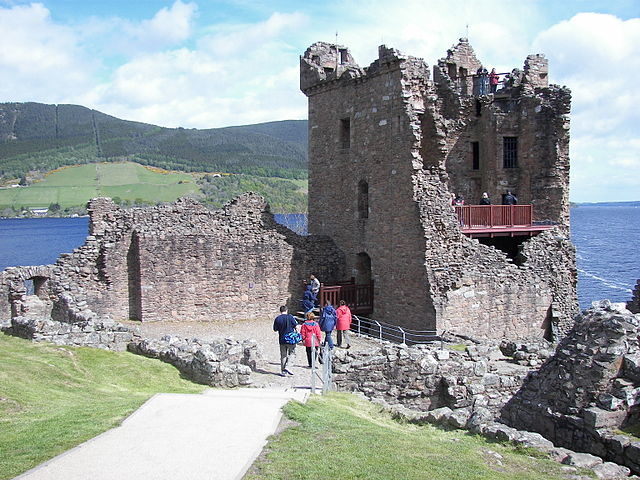
Since 1934, many visitors have come to Loch Ness in the hope of seeing the monster or taking a proper photograph of it. Scientists, adventurers, and ordinary tourists are all on the lookout for Nessie. In addition to being surrounded by breathtaking nature, the region is rich in history. The picturesque ruin of Urquhart Castle is one of the symbols of Loch Ness and is the main area where settings of the monster have been reported. While Nessie may be a product of fantasy, the remains of the castle are certainly real.
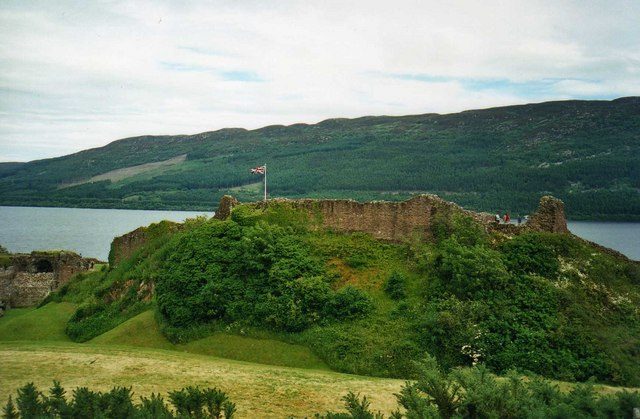
Although partially in ruins, Urquhart Castle tells its history and the history of Scotland and the region. Every stone on the fortified structure seems like it is vibrantly alive and has something to say.
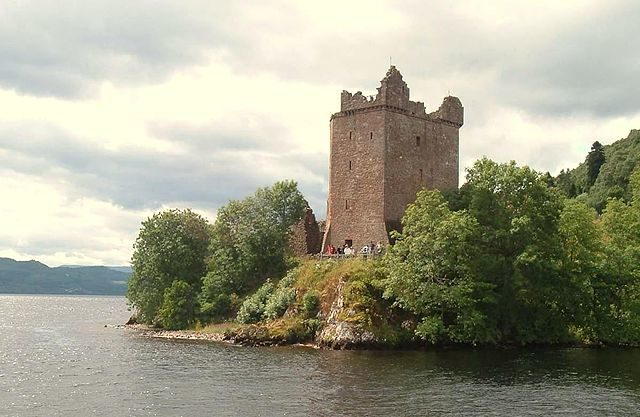
The castle complex is probably more than 1000 years old. During this period it had many ups and downs and witnessed many battles and dramatic historic events. It reached its peak in medieval times and throughout the centuries became the greatest stronghold in the Highlands.
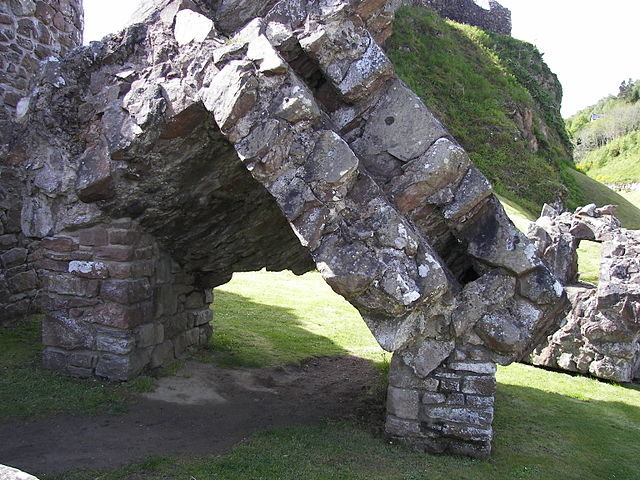
The earliest evidence and written documents about the castle are from the beginning of the 13th century. The castle got its renowned appearance between the 13th and 16th century’s, when the main construction, the detailed adaptation for military purposes and the strong fortifying of the structure were made.
However, facts show that the area was populated much earlier. Archaeological discoveries indicate that the nearby area around the castle have been inhabited since 2000 BC. It is believed that a fort of some kind has existed on this spot since ancient times, and there is some debate among scientists whether this was the site of fort visited by the abbot and missionary St. Columba in the 6th century.
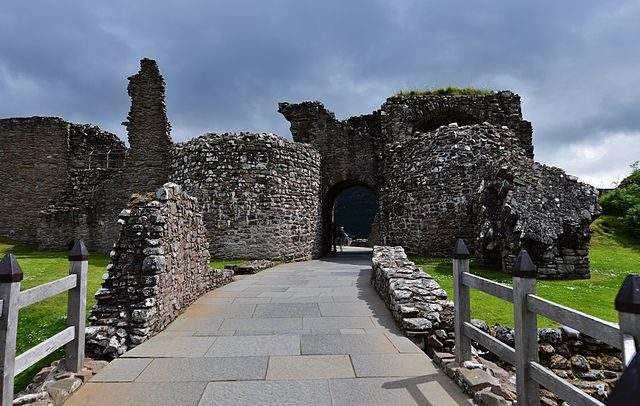
Positioned on a rocky peninsula it had very strategic importance. Over a period of more than 300 years, the Scots and the Englishmen often fought for the castle. The possession of the castle periodically was transferred from one side to another. Putting their own flag on the top of the Grant Tower wasn’t only a matter of prestige, but ruling the castle meant ruling the whole region.
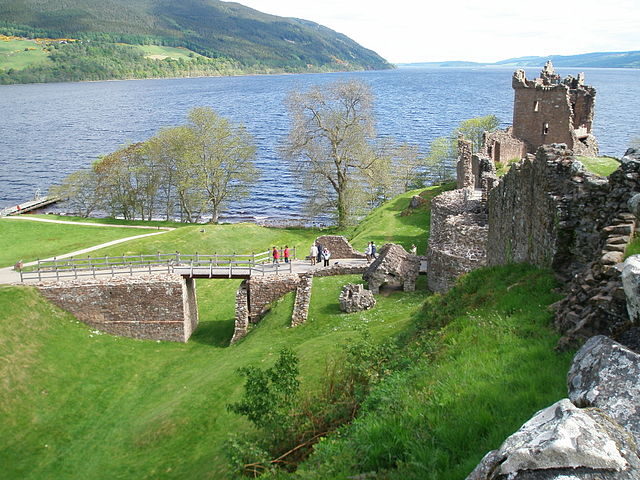
After every siege, the fortification was repaired, and new structures were added. Conquering the fortification wasn’t an easy task. The soldiers who were defending their positions inside the castle could resist the attacks for months because supplies for them were provided with boats. When the conflict between England and Scotland ended, the castle was used as a residential complex. Later it became the scene of a ferocious battle between two Scottish clans. After that, it was abandoned and forgotten. The grandiose structure very quickly fell into decline for it had lost its strategic importance.
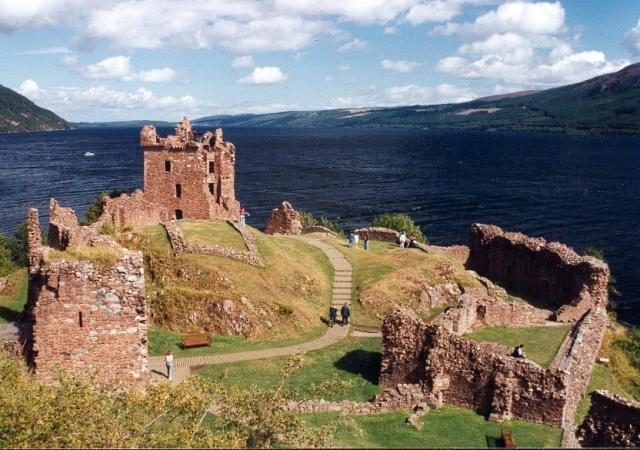
At the end of the 17th century, the ruins for a while served as a garrison for the supporters of the new Protestant monarchy during the English Civil War. They successfully held off the attack of the Jacobite troops. When they left their fortified positions, they destroyed much of the surviving buildings to prevent the castle becoming a Jacobite stronghold. The southwest side of the Grant Tower was destroyed during the storm in the early 18th century. In the years that followed, locals used the stones for building their houses in the nearby villages and artists came to admire the beauty of the romantic ruins.
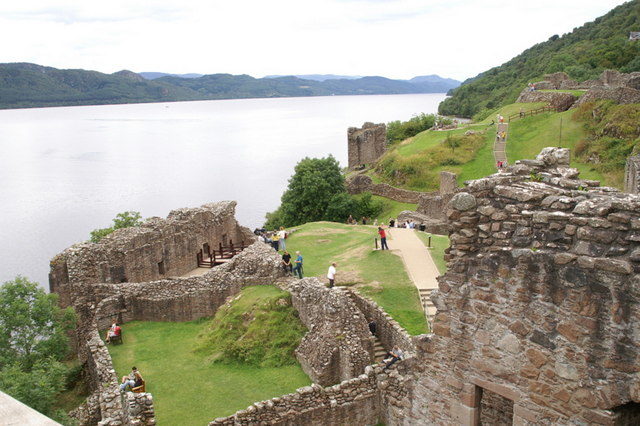
Today at the site can be seen the foundation of a chapel, the remains of the kitchen and the Great Hall, as well the ruined Grant Tower, drawbridge and gate house. There is also one medieval stone throwing machine, a relic of the military tactics from the past. The legendary castle and the legendary lake, and maybe the legendary monster, definitely saw several great legendary battles that happened in the past.
